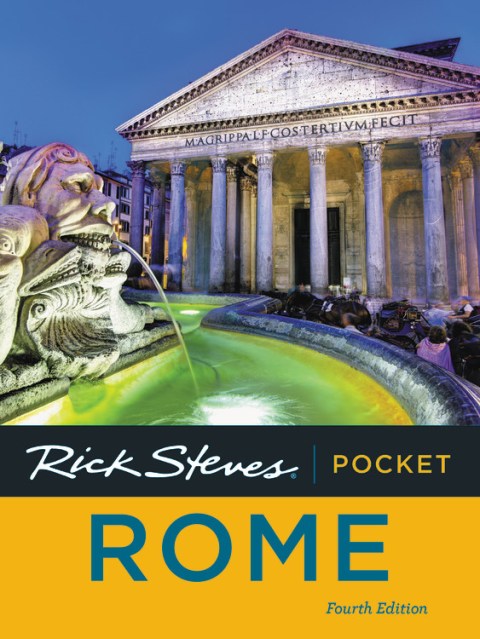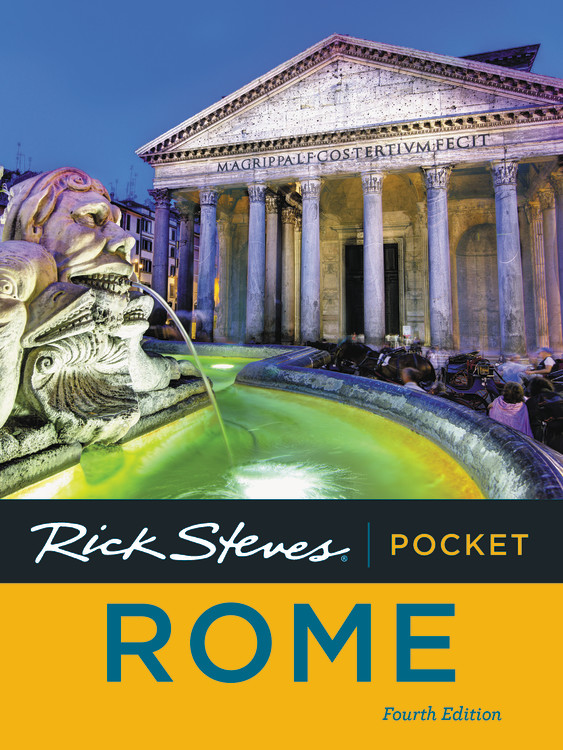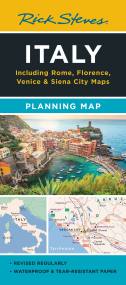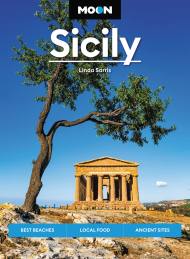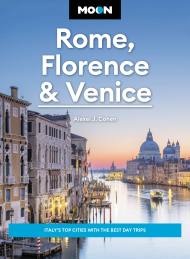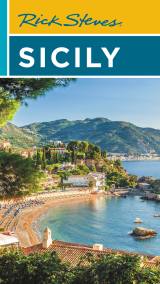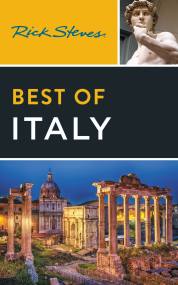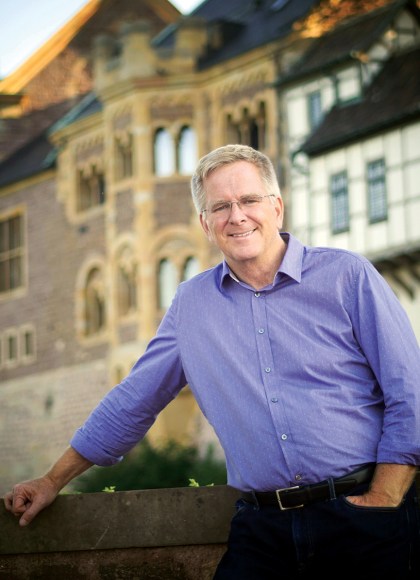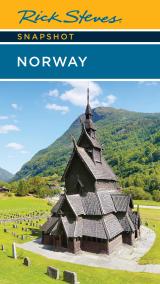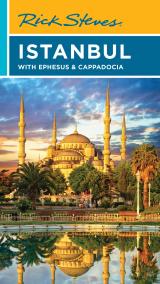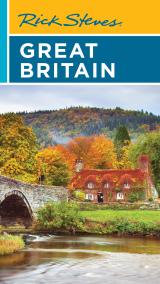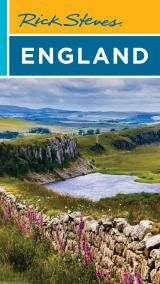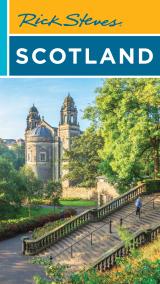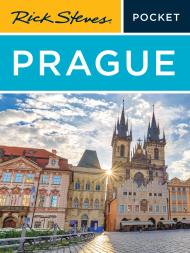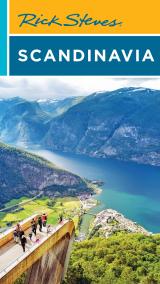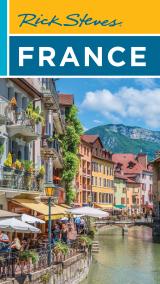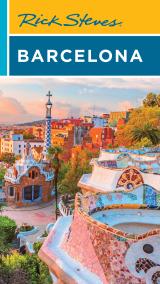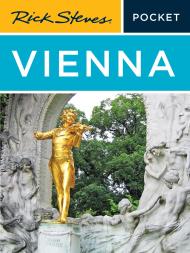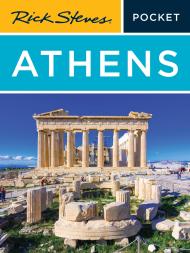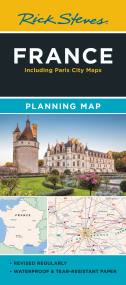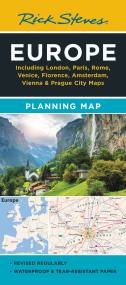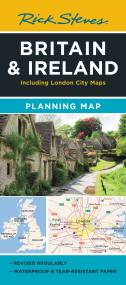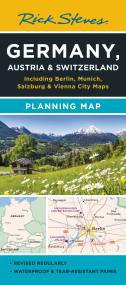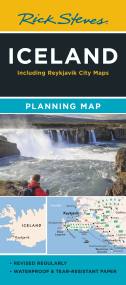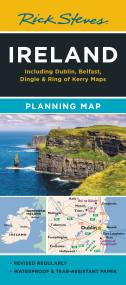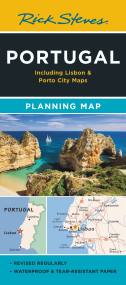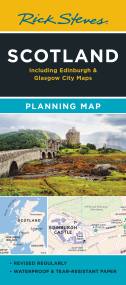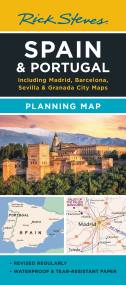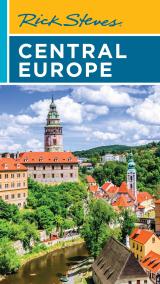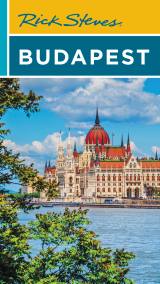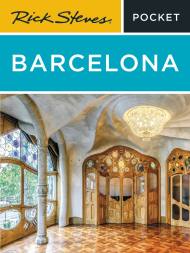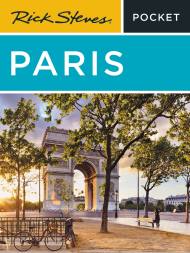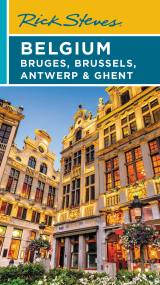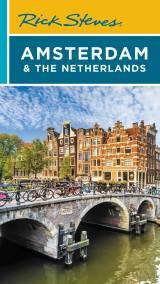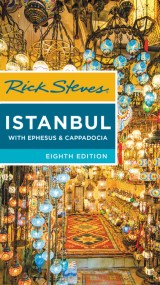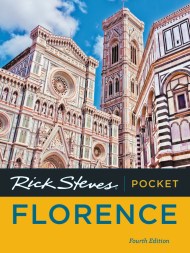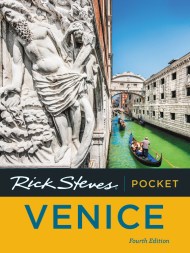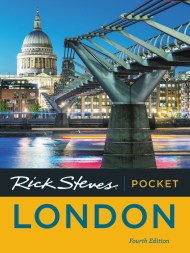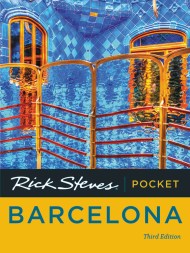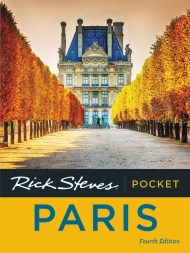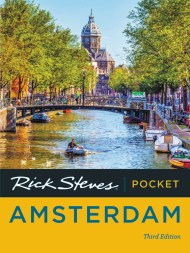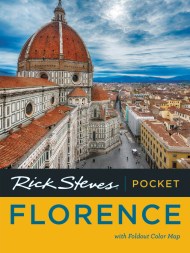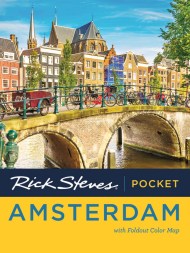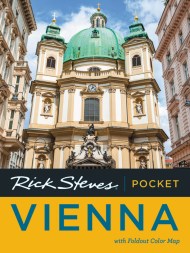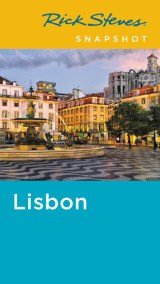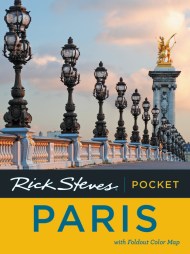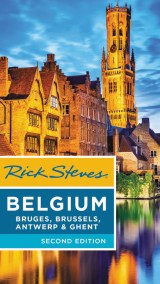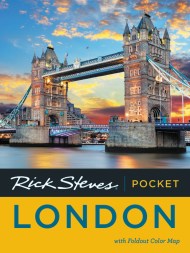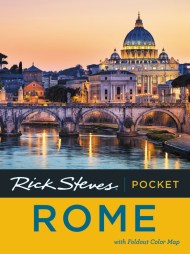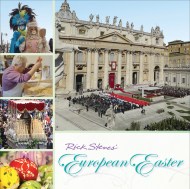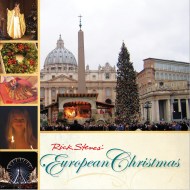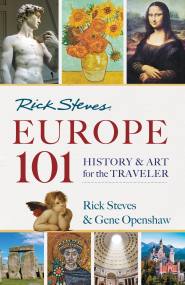Promotion
Use code MOM24 for 20% off site wide + free shipping over $45
Rick Steves Pocket Rome
Contributors
By Rick Steves
Formats and Prices
Price
$9.99Price
$12.99 CADFormat
Format:
ebook (Enhanced Edition) $9.99 $12.99 CADThis item is a preorder. Your payment method will be charged immediately, and the product is expected to ship on or around June 23, 2020. This date is subject to change due to shipping delays beyond our control.
Also available from:
Make the most of every day and every dollar with Rick Steves! This colorful, compact guidebook is perfect for spending a week or less in Rome:
- City walks and tours: Six detailed tours and walks showcase Rome’s essential sights, including the Colosseum, St. Peter’s Basilica, and the lively Piazza Navona, plus handy neighborhood breakdowns
- Rick’s strategic advice on what experiences are worth your time and money
- What to eat and where to stay: Grab a quick lunch of pizza al taglio, people-watch as you sip wine on a sunny piazza, savor a multi-course meal at a neighborhood enoteca, and unwind in a room with a view
- Day-by-day itineraries to help you prioritize your time
- A detailed, detachable fold-out map, plus museum and city maps throughout
- Full-color, portable, and slim for exploring on the go
- Trip-planning practicalities like when to go, how to get around, and more
Lightweight yet packed with valuable insight into Rome’s history and culture, Rick Steves Pocket Rome truly is a tour guide in your pocket.
Spending more than a week in the city? Try Rick Steves Rome!
Genre:
- On Sale
- Jun 23, 2020
- Page Count
- 232 pages
- Publisher
- Rick Steves
- ISBN-13
- 9781641712644
Newsletter Signup
By clicking ‘Sign Up,’ I acknowledge that I have read and agree to Hachette Book Group’s Privacy Policy and Terms of Use
